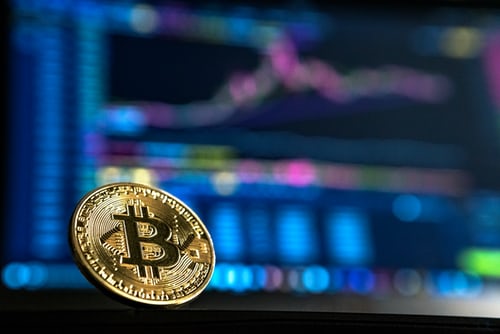Should the government regulate and instil trust in the crypto-asset market?
In the crypto world, the last moments has seen cryptocurrency gather extraordinary volatility on different exchanges all over worldwide. The people behind this sudden change has said that the reason for the fall in value is not extraordinary and already, crypto has shown strength by recovering from similar drop in value. However, the main catch is if we should hope on the past glories or we should carry out balances and checks?
This has become a serious issue especially in India where citizens see cryptocurrency as an investment due to the continuous increase in value. Let’s examine how the government is trying to control the market, the predicament it can face and what should be the main policy for every trader.
Government’s current policy
Cryptocurrency is not an illegal venture. The issue is that India possesses any control over cryptocurrencies through a governing body. The Reserve Bank of India (RBI) in the past has warned that there is a potential for the misuse of that technology and had shown signs of placing towards a ban on how cryptocurrency is used in India.
They have passed circular stopping banks from operating with crypto exchanges but they faced opposition as the Supreme Court struck out their order. Since then there has not been any regulations from the government’s quarters.
The last news from the government was when the RBI Governor said that they were developing their digital currency. Finance Minister, Nirmala Sitharaman, said in march, that they are still considering all options on cryptocurrencies. With that said, the future of cryptocurrency legality in India is not certain due to the wavy positions central authorities have taken.
Ideal Market Regulations
India’s Crypto industry has grown to be over $15 billion according to British Bitcoin Profit. With more than 6 million clients on the crypto market in India. The market owners have expressed their interest in regulation due to certain issues.
The regulatory system, however, may take two different approaches. The first approach is when suitable amendments are introduced to the current legal framework. The framework would outline appropriate adjustments to the current rules and regulations.
The second approach, according to the anti-money laundering Act, 2002, when ‘reporting entity’ the user should add their crypto exchanges. This idea would lead to making relevant adjustments to other laws that include the Indian Contract Act, inter-alia the Indian Penal Code, FEMA Regulations and TAX laws.
However, the government can develop a signal code that separates its legislation to rule the crypto market with a governing body to run the market. This code must note of future obstacles and reoccurring errors of trading cryptocurrency.
For now, the governing bodies should issue guidelines and notifications to market users to make sure they put safeguards measures.
Conclusion
The immediate need for laws cannot be emphasized with the introduction of disclosures and applicable penalties for non-compliance and appropriate laws for the industry to be at ease and operate to its maximum potential.

